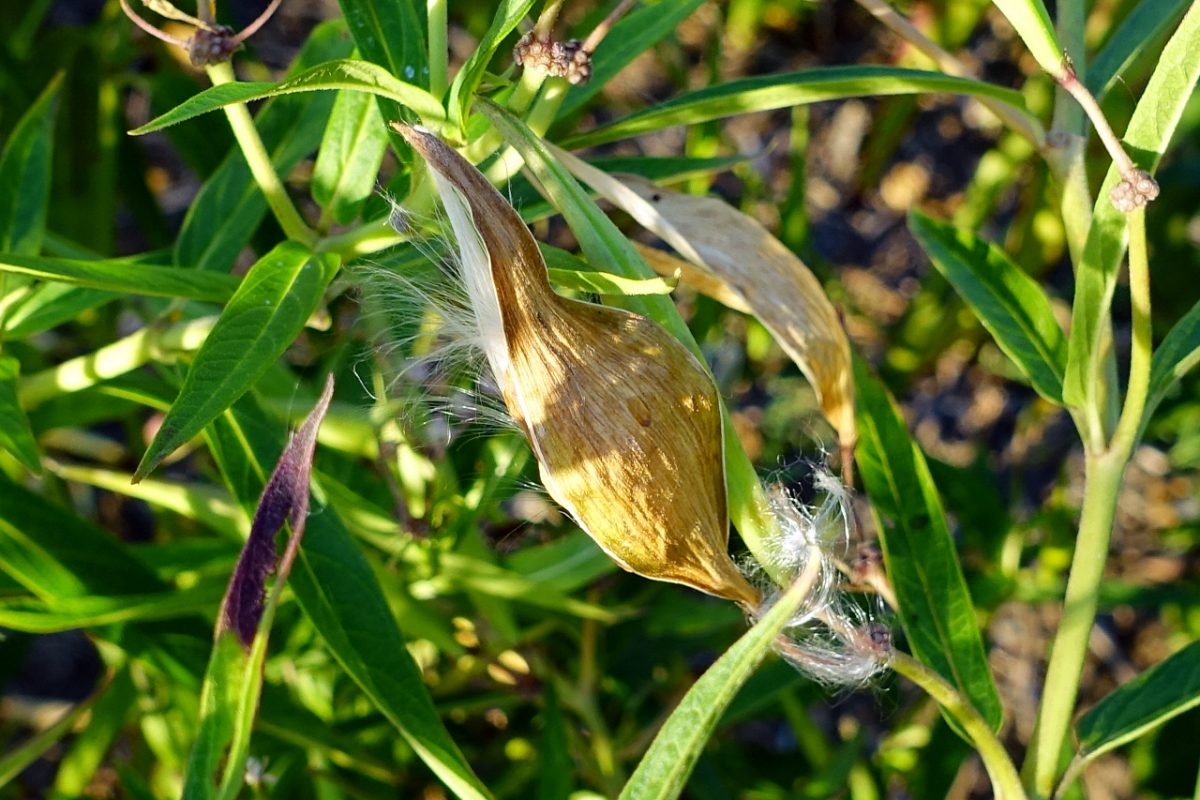
Flowers are not edible.ĭownload our Asclepias tuberosa Factsheet. Common milkweed (Asclepias syriaca) is a hardy perennial that will thrive almost anywhere in the United States, especially east of the Rockies and into Canada. Note: All parts of the plant are harmful if eaten. In short, please be responsible with Asclepias species. Try growing them in a large container like a half barrel, and be conscious of the seed pods as they develop. Now that they have been de-listed, we encourage home gardeners to grow them with the advance knowledge that they can spread. As the population of wild Asclepias diminished, so did the populations of many butterflies that depend on them as food and nursery plants (including the endangered Monarch). The seeds emerge from very conspicuous pods which are easily removed before they dry and crack. We've found peat pots to be the best way to transplant milkweed seedlings: See Transplating below. Water should be able to drain through the peat pots. Space transplants 30-60cm (12-24″) apart.įor many years several Asclepias species were listed as invasive weeds because of their sometimes aggressive spreading by underground rhizomes and their giant, dandelion-like seeds. Recommended Supplies: Small 2-4' Peat Pots, or Egg Cartons, or simliar biodegradable planting pots. speciosa returns with vigour in the second year and begins blooming by June here on the west coast.īarely cover the small seeds using sterilized seed starting mix. tuberosa in March, with blooms the first year. This may result in more even and speedier germination. Asclepias may benefit from stratification: Seeded trays are wrapped in plastic and refrigerated for two to three weeks before being placed over bottom heat. Optimal soil temperature for germination: 10-25☌ (50-75☏). Sow indoors 6-8 weeks before the last frost date and transplant or direct sow towards late spring.

#ASCLEPIAS SEEDLINGS HOW TO#
Continue reading below for some more specific advice on how to grow Asclepias from seed. Asclepias speciosa and some of the others do better in swampy soil, but they are not fussy plants. Asclepias does not divide well, but it’s an outstanding choice for xeriscaping. They can be pulled up in fall and treated like annuals to prevent spreading. Plants grown from seed bloom in the first year if given an early start.
#ASCLEPIAS SEEDLINGS FULL#
Asclepias tuberosa prefers dry, sandy conditions or any average garden soil in full sun. Though this plant is toxic to most animals, butterflies are immune to the plant's poison and actually become rather poisonous themselves as protection from predators.When transplanted seedlings are 10-15cm (4-6″) tall, pinch back the growing tip to encourage multiple flowering points. Commercial attempts to make use of this abundant plant included the manufacture of paper, fabric, lubricant, fuel, and rubber eventually these became impractical and were abandoned. At one time, the silk from swamp milkweed seed pods was spun for fabric or used for stuffing pillows in World War II, school children gathered the silk to provide a cheap filling for soldiers' life jackets. The bright pink flowers attract swarms of bees and butterflies, and have a sweet scent described as similar to vanilla or cinnamon. Swamp milkweed plants are a staple of many wetland plantings.Īs the name indicates, these swamp milkweed seeds for sale thrive in swamps and low meadows or along streams. Attractive to butterflies, this variety flourishes in swamps or along streams, so it is a great option for a butterfly plant in a wet setting. These showy, pink flowers give off a sweet scent similar to cinnamon or vanilla. IN-STOCK ORDERS SHIP THE NEXT BUSINESS DAY VIA THE US POST OFFICE. Split open the pods and take out the silky seed material. As soon as the seeds inside the pod ripen to their mature brown color, remove the pods and spread them out to dry. Be sure to harvest the pods before they split and the silky fluff carries the seeds away on the wind. Seed Saving: After the plant finishes flowering, 3-4" narrow pods will form. Keep in mind that the milky sap is mildly toxic and can irritate the skin. Cut the stems long, choosing flowers that have just opened. Harvesting: This makes a striking cut flower. Because competing weeds will damage the growth of this plant, keep them down to a minimum. The flowers attract bees and many butterflies, while repelling deer. Growing: Since this plant does not tolerate drought, watering may be necessary to keep the soil moist.

For spring planting, mix the seeds with moist sand and refrigerate for 30 days before direct sowing. When the seedlings appear, thin to the strongest plant seedlings usually do not survive transplanting, since they resent any disturbance of their roots. Germination will take place in the spring, after the last frost. Sowing: In late fall, direct sow the swamp milkweed seeds for sale just below the surface.


 0 kommentar(er)
0 kommentar(er)
